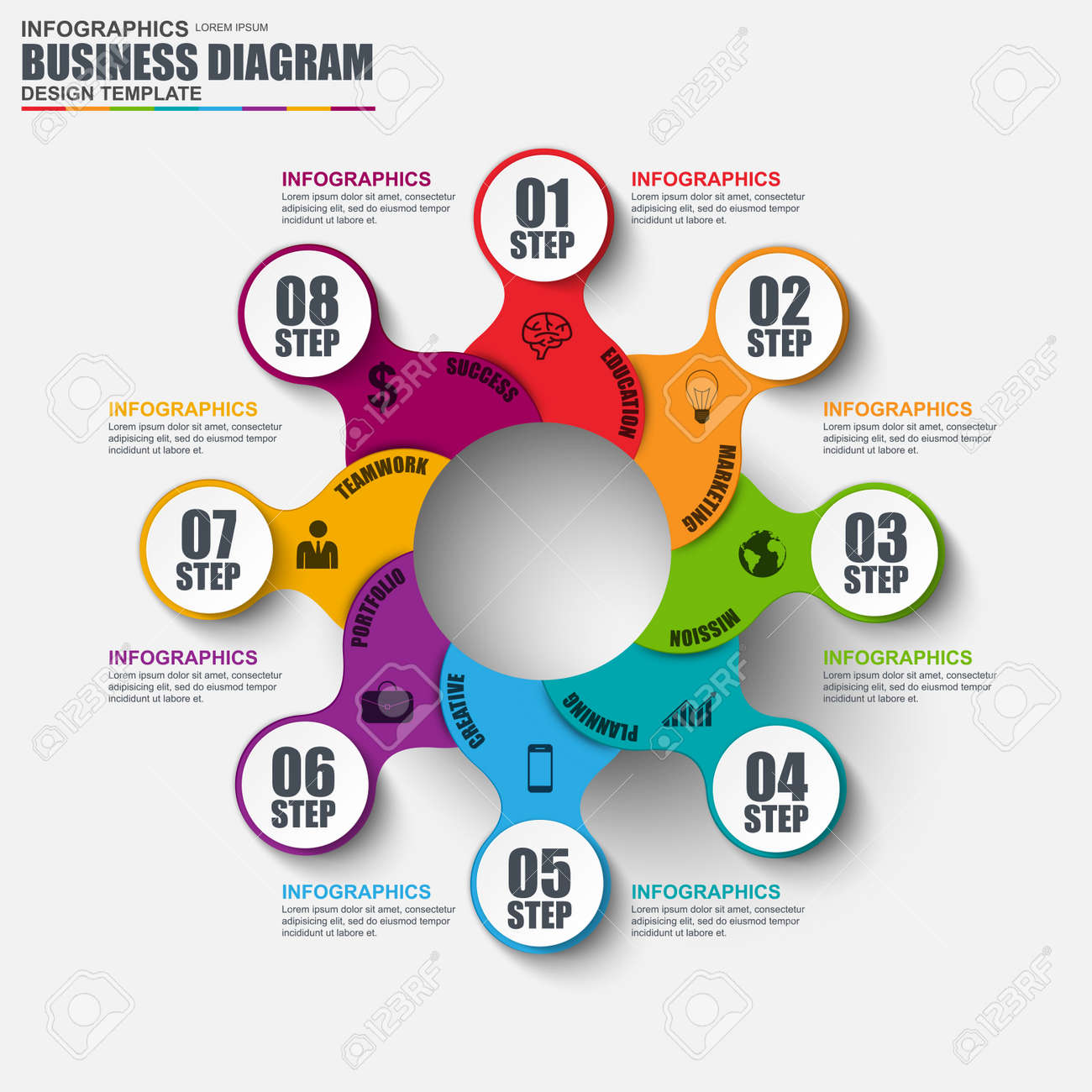Fundamental Elements Of Website Design: Guidelines For Developing A User-Centric Website
Fundamental Elements Of Website Design: Guidelines For Developing A User-Centric Website
Blog Article
visit site Written By-Scarborough Gammelgaard
When it comes to internet site design, guaranteeing user-friendliness is key. From receptive style to structured navigating, every aspect plays a vital function in creating a site that deals with your target market's requirements. But what regarding the better details that can make or break an individual's surfing experience? Remain tuned as we discover some often-overlooked pointers that can raise your internet site's usability to the next level, making it genuinely attract attention in the digital landscape.
Importance of Responsive Style
Receptive layout is a critical element of modern-day website advancement. Guaranteeing your website is receptive means that it can adjust to different display dimensions and tools, providing a seamless experience for customers.
With the raising use of smartphones and tablet computers to access the web, having a receptive layout is important for reaching a wider target market. It helps in improving user experience by making your website easy to browse and read on any tool.
In addition, responsive layout can favorably affect your internet search engine rankings, as search engines like Google prioritize mobile-friendly sites. By having a receptive style, you're additionally future-proofing your site, as new devices with varying screen sizes remain to emerge.
Simplify Navigation Structure
To boost individual experience and facilitate very easy access to details on your site, streamlining the navigation structure is vital. When making your website, concentrate on producing a clear and instinctive navigating menu that aids visitors find what they're trying to find swiftly.
Restriction the number of food selection things to the essentials, grouping relevant pages with each other to prevent frustrating individuals. Usage descriptive tags that plainly show the content of each page, making it much easier for individuals to comprehend where each web link will certainly take them.
Consider applying dropdown food selections for subcategories to avoid cluttering the major navigation bar. In addition, include a search bar plainly on the web page for individuals who choose searching for particular details.
Prioritize mobile responsiveness in your navigating layout to make certain easy gain access to on all gadgets.
Enhance Page Lots Speed
Improving page tons rate is critical for preserving visitors on your internet site. Slow-loading pages frustrate users and can bring about high bounce prices. To maximize page tons speed, start by enhancing photos. https://andersongnskw.activosblog.com/31237413/browsing-the-ins-and-outs-of-enter-web-design without jeopardizing quality to decrease their data dimensions.
Furthermore, make it possible for browser caching to store often accessed sources locally, speeding up lots times for returning visitors. Minify CSS, JavaScript, and HTML files by getting rid of unnecessary characters, comments, and formatting, enhancing lots rate.
Think about making use of a material delivery network (CDN) to distribute your website's material across numerous web servers worldwide, decreasing latency for users accessing your website from different areas. Last but not least, limit using third-party scripts and plugins, as they can considerably affect lots times.
Final thought
To conclude, by incorporating receptive layout, simplifying navigation, and maximizing web page tons rate, you can create an easy to use site that attract a wider audience and enhances individual experience. These essential elements guarantee that site visitors can conveniently access and navigate your website across various devices, resulting in enhanced involvement and complete satisfaction. By focusing on these essential aspects, you can build a successful website that keeps customers coming back for even more.
